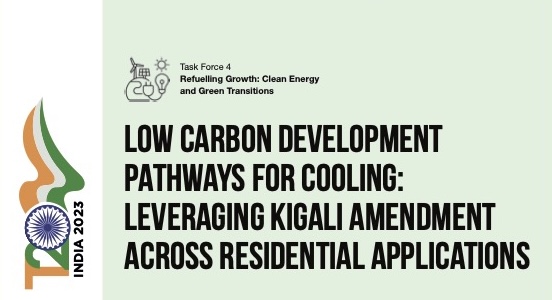Fluorinated Gasses

The chapter covers fluorinated GHGs, namely hydrofluorocarbons (HFCs). The Deep Decarbonization Pathways Project reports seek to reduce HFC and hydrochlorofluorocarbon (HCFC) emissions in the United States by 96 million metric tons (MMT) CO2 equivalent (CO2eq) by 2050. HFCs replaced chlorofluorocarbons (CFCs) and HCFCs that have been phased out under the Montreal Protocol on Substances That Deplete the Ozone Layer because they were depleting the stratospheric ozone layer. Due largely to their use as substitutes for CFCs and HCFCs, HFCs are the fastest growing GHGs in the United States, growing from 0.3 MMT CO2eq in 1990 to 149.4 MMT CO2eq in 2010. EPA, many states, and businesses have already begun acting to speed the phasedown of HFCs in the United States. There are a number of legal pathways at the fed- eral, state, and local levels that would further reduce emissions of HFCs and speed markets to a safe transition to environmentally friendly alternatives. Additional climate benefits can be realized by simultaneously improving the energy efficiency of equipment during the transition away from high-global warming potential (GWP) refrigerants.







